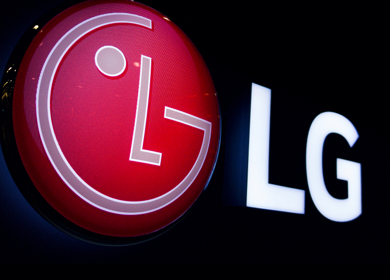Authentication Badges from Meta – Do Brands really need one?
Published: February 20, 2023

Meta has recently launched a subscription service called Meta Verified. Through "Meta Verified," users can verify their identity and will be able to add the coveted blue checkmark to their Instagram and Facebook accounts for up to $15 per month.
The subscription service was first rolled out in New Zealand and Australia. It costs $11.99 per month on the web or $14.99 on Apple's iOS and Google's Android. Users will be able to use their government-issued ID cards to verify their identity on Meta.
The subscription service will also provide increased visibility and reach, improved protection against impersonation attacks, and direct access to customer support, according to the company.
Meta Verified is about increasing authenticity and security across our services. The subscription service will be added soon to more countries
Mark Zuckerberg
CEO of Facebook
It is noted that the move came after Twitter's owner, Elon Musk, implemented the premium Twitter Blue subscription in November 2022.
Users who signed up for the service also received exclusive stickers for Stories and Reels, as well as 100 free stars per month, or the digital currency they could use to tip Facebook creators. Meta also states that it will not make any changes to accounts that have already been verified using the company's previous criteria, including notability and authenticity.
"Long term, we want to build a subscription offering that's valuable to everyone, including creators, businesses, and our community at large. As part of this vision, we're evolving the meaning of the verified badge so that we can broaden access to verification and more people can trust that the accounts with which they interact are authentic," Meta explained in a blog post.
Why can’t brands and marketers ignore Meta’s subscription services?
With a new move, Meta appears to be taking authenticity a little more seriously, after frequently facing intense scrutiny over users' privacy and security.
The blue checkmark has long been regarded as a desirable feature on social media platforms. It was previously reserved for public figures such as actors, musicians, athletes, and journalists.
With subscription models, social platforms now allows more brands and businesses to benefit from them. As the blue badge in Meta comes with extra authenticity and security, it will enable marketers and brands to build credibility among their followers.
Thereby, it paves the way for brands to
Gain more followers: By earning a verification badge, brands can ensure audiences that their account is safe and not fake. It leads marketers to establish authority while promoting their products and services in the market. Thereby, it paves the way to gain more visibility and followers.
Reduce the fear of impersonation: As the verified social media account is protected from phishing and other potential risks, marketers can easily scale up the trustworthiness of the brand among audiences.
Increase engagement: Keeping ahead of Facebook's algorithm to ensure that the posts are seen is a difficult task. But the blue badge comes with increased visibility and reach for the account. Hence, it will facilitate brands' getting increased engagement from audiences.
But, indeed, it is not a new feature. Social platforms like Snapchat and Twitter already have subscription services. Reportedly, Snap has converted over a million users into paid customers already. It clearly emphasises how much value "verification" provides and how much importance users place on it.
On the other hand, Twitter Blue has recently been expanded to over a dozen markets, including India and Indonesia. And Twitter’s owner, Elon Musk, is focused on converting Twitter Blue into a major revenue driver for Twitter.
Unfortunately, with the continuous turbulence on Twitter, surviving on Twitter has become nothing less than a pain for brands and marketers. A platform like Meta must have learned a lot from the way Twitter is going back and forth with its announcements, the inconvenience it causes to users, and how it impacts its users as a result.
At this point in time, Meta announces its subscription service. Given the situation, we believe more brands will possibly consider and sign up for Meta’s subscription services.
With that said, the subscription services don’t come without any shortcomings. Last year, Twitter was plagued by fake verified accounts, which disappointed its users. So it is crucial for Meta to address these issues in an efficient way.
In short, Meta can pull in more brands towards its subscription services if the expected flaws are addressed properly. This way, it can also evolve into a convenient platform for marketers to improve their promotional activities and establish their brands.










Be the first one to comment.